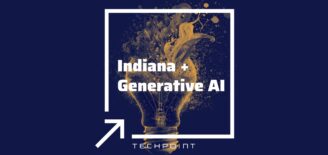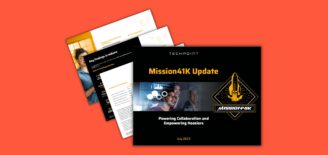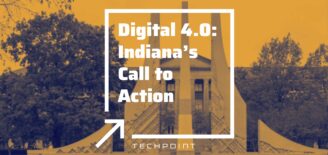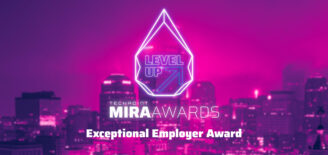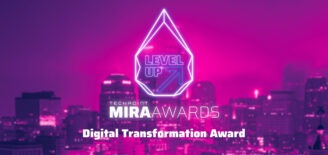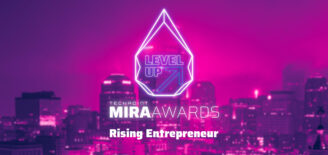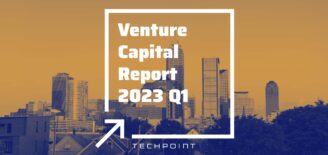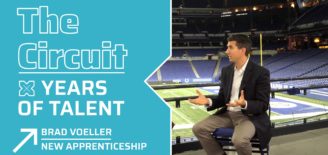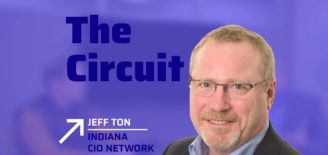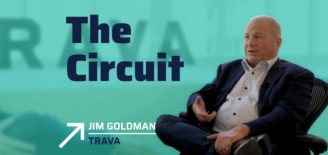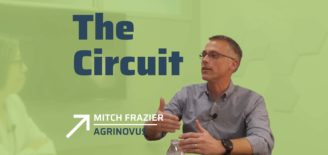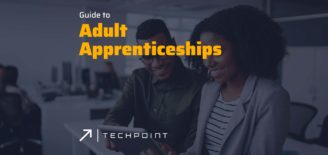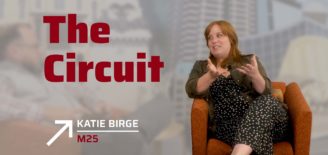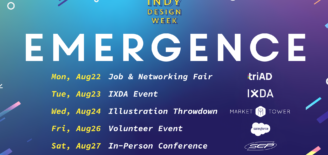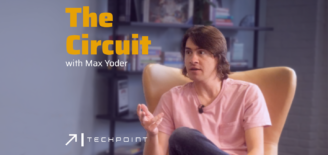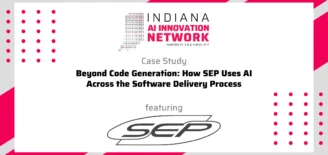Why worker experience (WX) and customer experience (CX) matter in higher education
Developing and delivering a unique and positive customer experience is no longer an option for educational institutions, it’s a requirement. When college and university leaders shift their mindset by thinking of their students as “customers,” they open the door to improving the school experience by providing interactive, learner-centric environments that offer large returns in the form of increased retention and, downstream, increased alumni loyalty.
 We chatted with Mark Koenig, general manager of higher education and nonprofits at cloud services provider Appirio to learn a little more about the shifting higher education landscape.
We chatted with Mark Koenig, general manager of higher education and nonprofits at cloud services provider Appirio to learn a little more about the shifting higher education landscape.
Tell us a little about yourself, what do you do at Appirio?
As general manager of the division at Appirio, I lead a dedicated team of specialists in higher education, nonprofits and CRM. I have been with Appirio for nearly eight years. I began my career as a consultant in KPMG’s higher ed division, and studied cloud computing at a small market research firm that focused on new trends in IT.
What is Appirio’s Virtuous Cycle?
The Virtuous Cycle is Appirio’s term for the complementary relationship between Worker Experience (WX) and Customer Experience (CX). Through work with clients in a variety of verticals, we have found one thing to be true: empowering and engaging your workers leads to increased productivity, business growth and better experiences for customers. On the flipside, happier customers are easier and more enjoyable to serve, which means that workers will be more satisfied in their jobs. Appirio firmly believes that CX and WX should be treated with equal importance.
How does that translate to a higher ed environment?
In higher ed the lines get blurred a little bit, which only strengthens the Appirio argument that WX and CX directly impact each other. Generally, we like to think about students, parents, donors and alumni as “customers.” You also have faculty, because in most institutions the faculty have a lot of autonomy. They really have the power to influence how the organization runs and in that sense are very powerful internal customers. So faculty fall under both CX and WX, and students have one foot in each camp as well. Take for example a graduate student with a research fellowship, she or he is contributing to the university as both a “worker” and a “customer.”
They might be simultaneously completing coursework, registering for classes, reviewing progress against their degree, and working as a graduate assistant on a research project – and they need a seamless digital experience for all of it. So when you think about creating an enterprise-wide CRM for a university, you really have to dig up all the available data that people need to operate and open it up to as many people as possible. That transparency is extremely valuable.
Why should educational institutions care about WX and CX?
The landscape of higher education is shifting rapidly. Students entering traditional four year schools are expecting the same level of experience with technology as they enjoy with their favorite social media networks and applications — such as Paypal or Venmo. For some of them, heading off to college means being transported back to a technology era that existed before they were born. And of course their parents expect the best too, given the high cost of a college education today.
But truly, it is the nontraditional student who is trying to complete a BA or get a certificate where much of the competition plays out. It is here where the student experience is most important, particularly for universities that are tuition dependent for their revenue, where 10 or 20 students can make a big difference financially. Being able to offer a student experience that is equal to what they experience in their everyday social life becomes absolutely critical.
So what would an enterprise wide CRM look like at a college or university?
In order to win students over in this incredibly competitive environment, universities need to create a great student experience that goes beyond the traditional learning management system. It has to incorporate everything from scheduling classes and interacting with an advisor to asking a professor for assistance on an assignment to checking the campus calendar and checking and posting messages to the clubs you are in. It’s a huge task, but it also enables the institution to know the student way better than they ever have before.
Every interaction should be tracked, and universities should use that data to make better recommendations. An advisor might be better able to recommend a course based on an informed understanding of student interests and prior performance, or she or he might be able to identify an at risk student long before they would have otherwise done so.
What kind of implications would this have on the educational institution?
If advisors are better enabled to serve their students, retention rates will rise and we’ll put better-educated students into the workforce. When attrition rates are low, universities have to spend incremental amounts of money to not only fill the incoming class with new students, but also backfill the number of students they lost due to attrition — this is incredibly costly, not to mention difficult to forecast.
Student success systems are not magic bullets to solve the student debt crisis, of course, but they can contribute to greater outcomes in higher education, whether implemented at four year undergrad or non-traditional program.
What about advancement?
This concept of knowing the student better can also be applied to knowing your donor better. If a gift officer is going to ask for a gift there is a whole “sales cycle” associated with that. You have to be able to ask the right person for the right gift at the right time and place. One of the most important things in this process is getting to know your prospect. So if I am approaching a donor with a known interest in theatre, I shouldn’t ask them if they would like to support the new center for entrepreneurship in the business school, and vice versa. And the donor expects a school to know this, particularly if they are an alum. Then we should know you really, really well. We should be telling you that your favorite professor is retiring next year and that you might want to come back to campus for the retirement ceremony.
These types of investments in technology are critical for keeping track of all that data. Further, if I am the gift officer and I am currently working on a portfolio of 150 donors, under the new system, I could manage more than 250 in portfolio, I will get more efficient.
To learn more about how Mark and Appirio are leveraging the Salesforce platform to design and deliver exceptional constituent experiences, visit Appirio.com. Read our profile on Appirio browse other stories about the company at TechPoint.org



